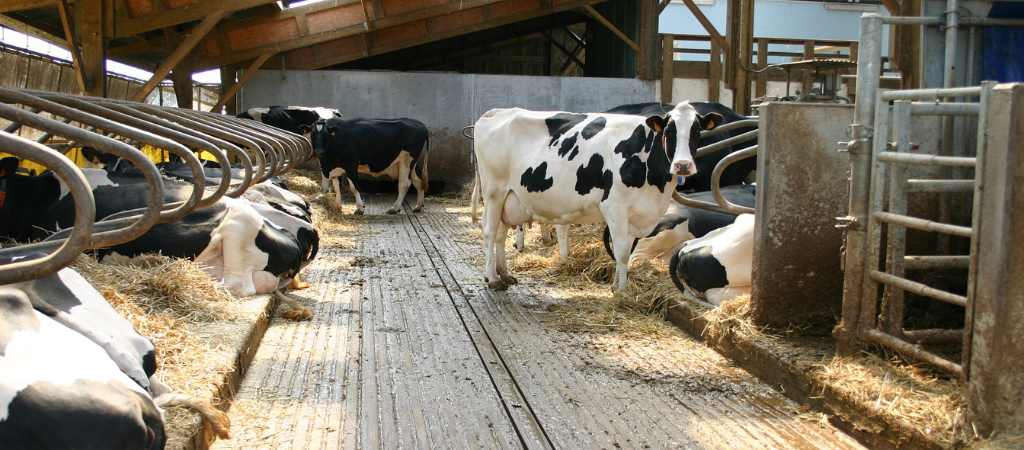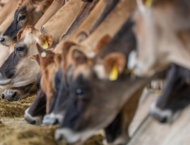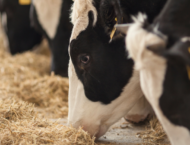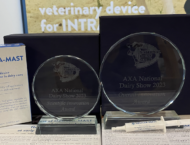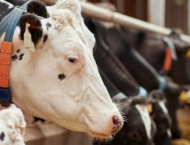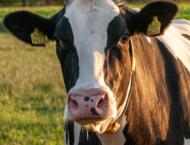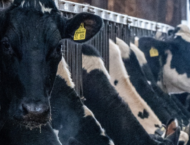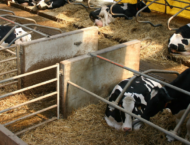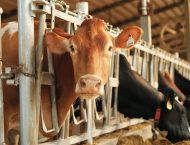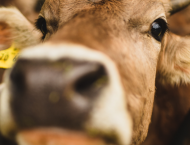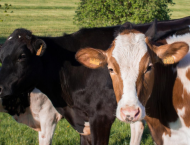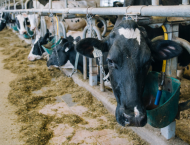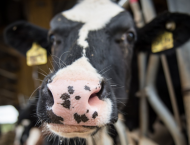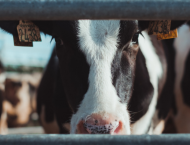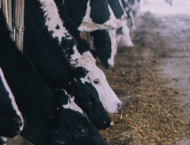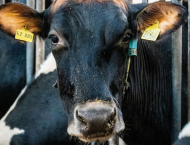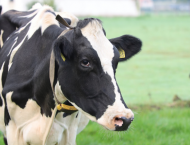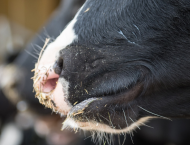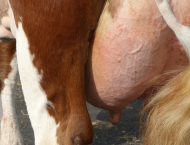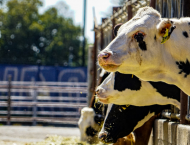For many years, and still in many regions in the World today, blanket mastitis treatment has been the routine, both during lactation and at dry-off. It has made farmers confident and helped them boost milk production.
However, switching to selective treatment is now crucial, with the more than ever tough challenge of antimicrobial resistance.
The principle behind selective antimicrobial treatment of non-severe events of clinical mastitis means treating only those cases that will be responsive to antimicrobials.
One step back. Routine treatment can be avoided if:
- On-farm udder health management activites have been improved;
- Early detection approaches and udder health monitoring are applied;
- Incidence and prevalence of clinical cases caused by contagious microorganisms have been reduced.
In a recent review, de Jong and colleagues (2023) reported that, nowadays, where we have confined housing systems, a high percentage of clinical cases are due to environmental, Gram-negative microorganisms. This is why overall management becomes a must to further curb the number of clinical cases.
Severity (mild, moderate, severe) is an important criterion to decide what strategy will suit the case.
For mild cases, dairy farmers would be able to early detect them through milk observation: milk changes, such as presence of milk flakes and color variation, are good indicators. It is worth saying that visible changes are generally limited to the milk.
Concerning moderate cases, inflammatory signs start showing up in the infected quarter(s), while in severe events we will be able to observe changes in the cow (sickness at cow level), in addition to changes in milk and udder.
Systematically treating severe cases has been a well-established practice, reflecting the perceived risks of possible sepsis. However, to encourage prudent use of certain antimicrobial products, many countries have been taking steps to make these products available to dairy producers only upon veterinary prescription.
These law efforts aim at encouraging efficient herd health management and, such as in the EU, collecting information on microbial etiology and sensitivity to support the need of treatment.
According to a recent meta-anylisis (Kurban et al., 2022; de Jong et al., 2023), the percentage of milk samples (collected in the US, Brazil, Canada) not yielding bacterial growth is 40%. Thus, in absence of severe signs, these cases should not be considered for antimicrobial treatment.
Therefore, being able to identify and discriminate different cases is the first, fundamental step for selective treatment, in addition to pre-required efficient farm management.
Some cases have high rates of spontaneous cure; however, there are no guarantees on the success. Thus, two are the possible outcomes: either spontaneous cure, or worsening of the case.
The situation may worsen because, when we see the first signs of a possible case, it means that the tissue is already stressed, for many possible reasons. This stress makes the tissue much more susceptible to potential environmental microorganisms.
Thus, providing a physical barrier to support the mammary tissue can represent an effective strategy to eliminate any doubt.
OZOLEA-MAST can fit properly into a selective approach to mastitis management. In fact, it was designed for timely intervention as soon as milkers/farmers detect the initial stages of a possible mastitis case (i.e., milk flakes and electrical conducitivity changes).
When applied, OZOLEA-MAST creates a temporary film-forming barrier, gining a respite to the mammary tissue from environmental exposure, and thus allowing it to proceed with autonomous regeneration. The benefits of natural regeneration are restored integrity and functionality, which are directly linked to self-defense mechanisms and milk production at full potential.
OZOLEA MAST does not cure or treat clinical cases.
OZOLEA developed several protocols that can benefit different situations, such as chronically high SCC cows, sinergies with antibiotic therapies, drying off, and so forth. All these protocol have one goal in common: working on udder issues to minimize antibiotic usage.
Get in contact with the OZOLEA team to know more on how the product could help you in different cases!
References
1. de Jong E, McCubbin KD, Speksnijder D, Dufour S, Middleton JR, Ruegg PL, Lam TJGM, Kelton DF, McDougall S, Godden SM, Lago A, Rajala-Schultz PJ, Orsel K, De Vliegher S, Krömker V, Nobrega DB, Kastelic JP, Barkema HW. Invited review: Selective treatment of clinical mastitis in dairy cattle. J Dairy Sci. 2023 Jun;106(6):3761-3778. doi: 10.3168/jds.2022-22826. Epub 2023 Apr 18. PMID: 37080782.
2. Kurban D, Roy J-P, Kabera F, Fréchette A, Um MM, Albaaj A, Rowe S, Godden S, Adkins PRF, Middleton JR, et al. Diagnosing Intramammary Infection: Meta-Analysis and Mapping Review on Frequency and Udder Health Relevance of Microorganism Species Isolated from Bovine Milk Samples. Animals. 2022; 12(23):3288. https://doi.org/10.3390/ani12233288

